Skunk photography in Montana during winter relies heavily on weather and location choices, not just luck. Montana’s winter weather can be unpredictable, so to capture beautiful skunk photos and have a memorable experience, don’t miss this guide to winter skunk photography in Montana!
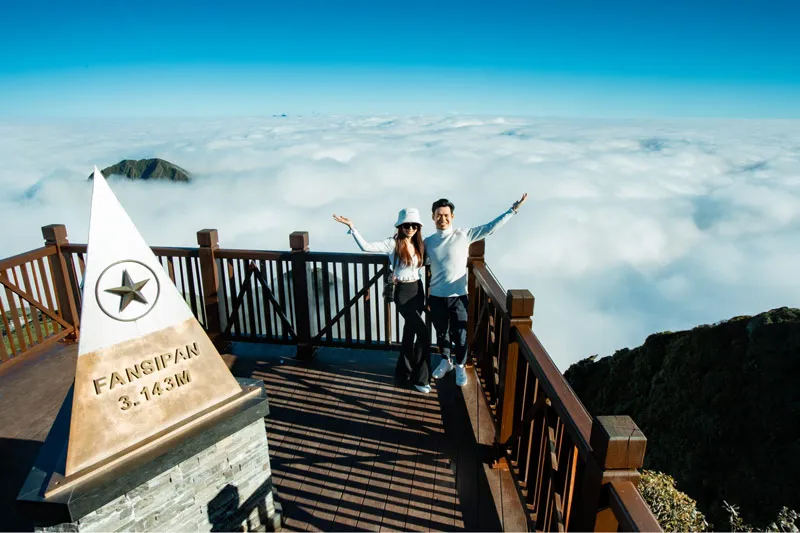
Table of ContentsToggle
Best Time for Winter Skunk Photography in Montana
Based on the experiences of professional photographers and local experts who have successfully photographed skunks, there are certain times when success rates are highest. You can refer to some of the best times for skunk photography in Montana during winter below to choose a suitable schedule for your trip.
From November to March Annually
“When is the best month for winter skunk photography in Montana?” is a common question among photography enthusiasts. In reality, you can photograph skunks throughout the winter in Montana. However, the ideal time is usually from November to March of the following year. During this period, Montana’s winter is harshest, with heavy snowfall and very low temperatures, creating conditions for skunks to actively search for food, increasing your chances of encountering them.
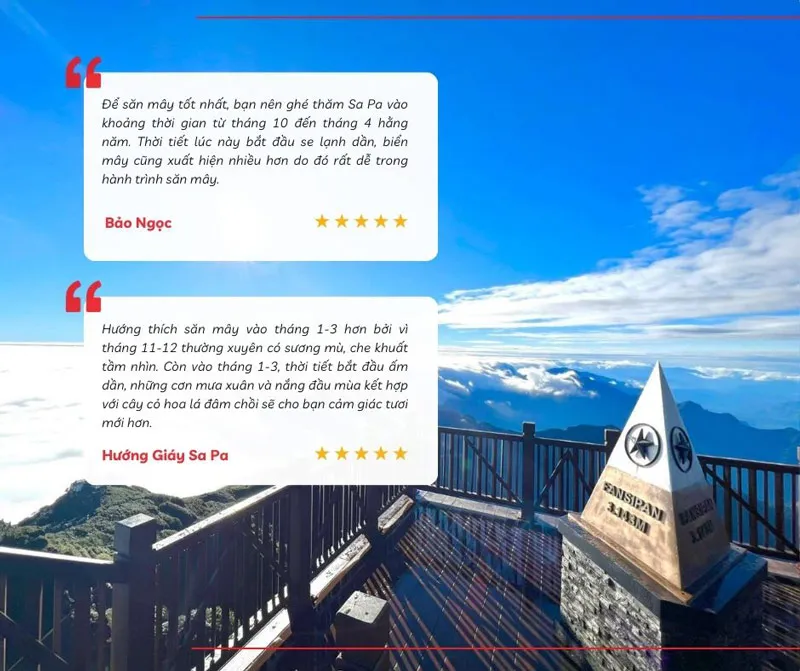
From November to December, Montana enters the early winter phase, with snow beginning to fall and cover everything in white. This is an ideal time to capture skunk moments against a pristine white snow background. If you want to photograph skunks combined with heavy snowfall scenery, the period from January to February is a perfect choice.
From late February to March, the weather gradually warms up, and the snow begins to melt, but there is still enough snow to create beautiful frames. At this time, skunks also become more active after the cold winter, giving you the opportunity to observe and record their natural behaviors in the wild. A spring photography trip combined with Montana sightseeing will bring you unforgettable experiences.
Daily Temperatures Around -15 to 5 Degrees Celsius (5 to 41 Degrees Fahrenheit)
Temperature plays a crucial role in determining the ideal time for skunk photography in Montana. Specifically, temperatures ranging from -15 to 5 degrees Celsius (5 to 41 degrees Fahrenheit) are suitable conditions for skunks to be actively foraging. Within this temperature range, skunks still need to find food to maintain energy but it’s not so cold that they must hide completely.
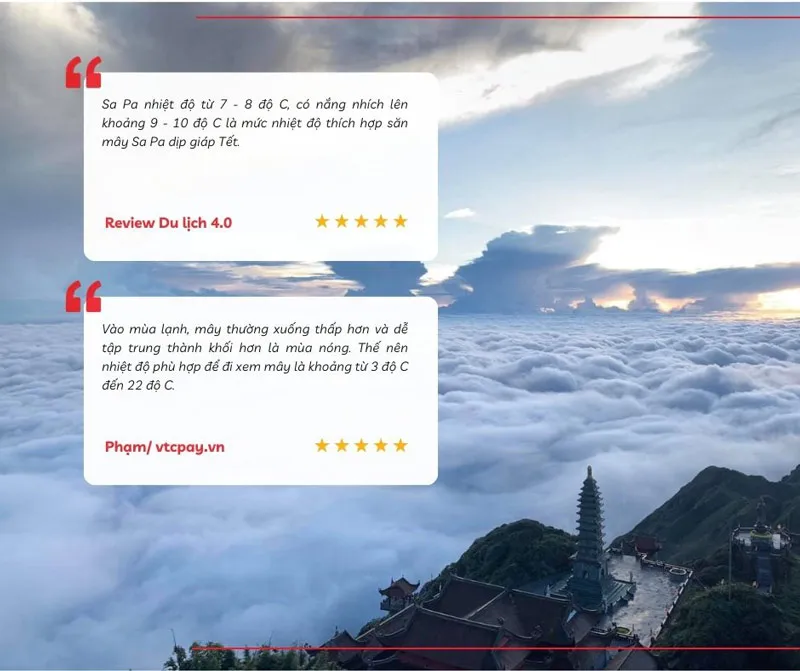
If the temperature drops too low, below -20 degrees Celsius (-4 degrees Fahrenheit), skunks tend to seek shelter from the cold, reducing your chances of encountering them. Conversely, if the temperature is above 5 degrees Celsius (41 degrees Fahrenheit), the snow melts quickly, and skunks may be less active during the day.
After Heavy Snowfall
Heavy snowfall not only creates a beautiful backdrop for photos but also helps you easily track skunks. After each snowfall, skunk footprints will be clearly visible on the white snow, helping you follow tracks and increase your chances of finding them.

Check the weather forecast and plan your photography trip after snowfall. However, also consider travel conditions after snowfall, especially in mountainous areas or trails.
Clear and Sunny Weather
Light is a key factor in photography. Clear weather with gentle sunlight will create the best lighting conditions for photographing skunks. Sunlight helps highlight the colors of skunks and the surrounding scenery while creating beautiful shadow effects.
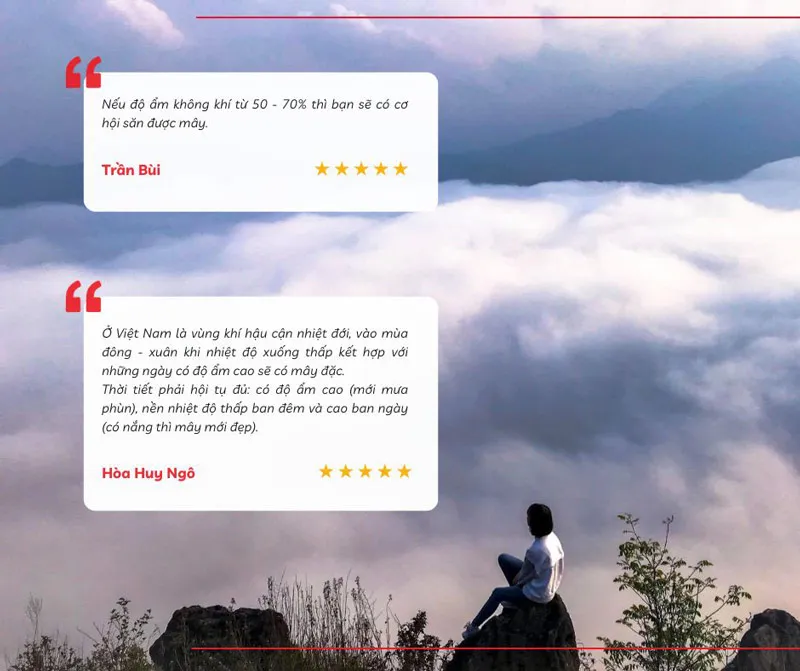
Avoid photographing at midday when the sunlight is too harsh and shadows are strong. Instead, choose early morning or late afternoon, when the light is softer and warmer.
Early Morning or Late Afternoon Hours
Skunks are most active in the early morning and late afternoon. This is the ideal time to spot them and capture the best photos. In the early morning, skunks emerge from their dens to forage for food after a long night. In the late afternoon, they become active again before nightfall.
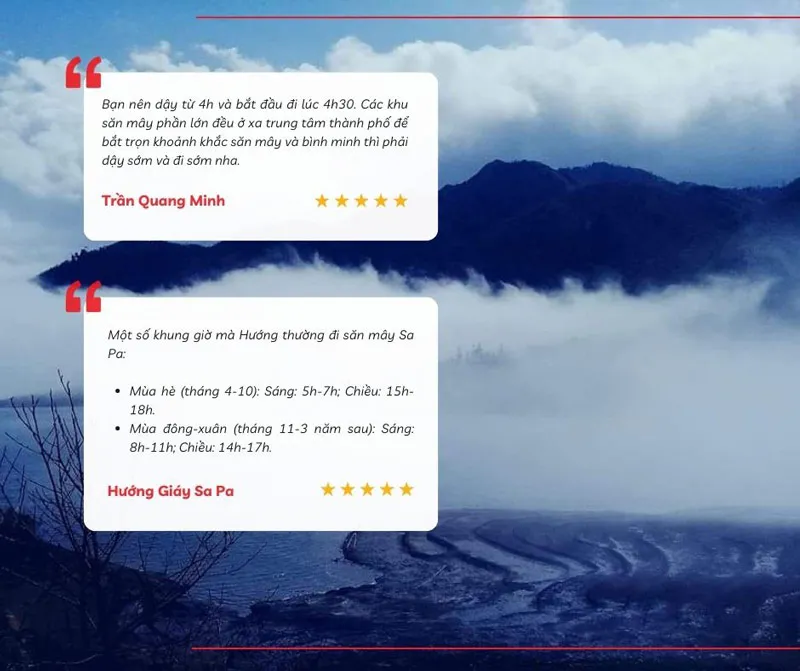
Plan your photography trips during these hours to increase your chances of success. However, be prepared as the weather in early morning and late afternoon in Montana winters can be very cold. You’ll need to equip yourself with warm clothing and necessary protective gear.
Must-Visit Winter Skunk Photography Locations in Montana
Montana is a vast state with many areas that provide suitable habitats for skunks. Below are some locations recommended by professional photographers for skunk photography in Montana during winter.
Glacier National Park – Montana’s Jewel
Glacier National Park, located in northwestern Montana, is one of the most beautiful national parks in the United States. In winter, Glacier dons a white snow cloak, creating majestic and magnificent scenery. It is also an ideal habitat for many wildlife species, including skunks.
From the park’s visitor center, you can drive along Going-to-the-Sun Road (if the road is not closed due to snow) or explore nearby areas such as Apgar Village or Lake McDonald. Skunks often appear in areas near forests or along streams.
Visiting Glacier National Park in winter not only gives you the opportunity to photograph skunks but also to admire the magnificent beauty of mountains, glaciers, and frozen lakes. Prepare yourself to face freezing weather and heavy snowfall, but the reward will be unique photos and unforgettable experiences.
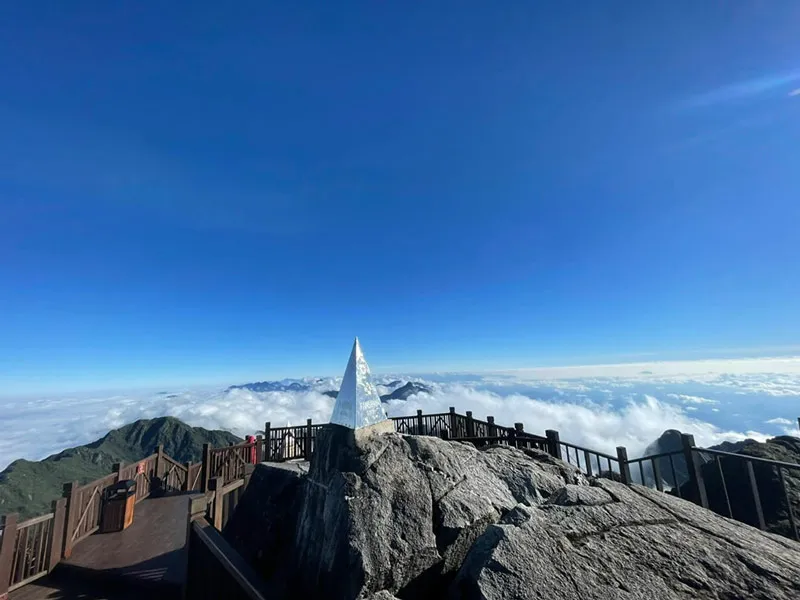

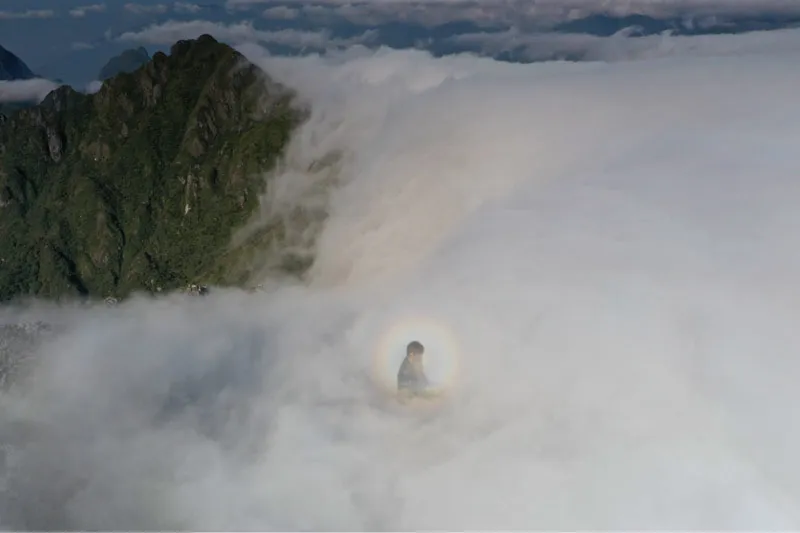
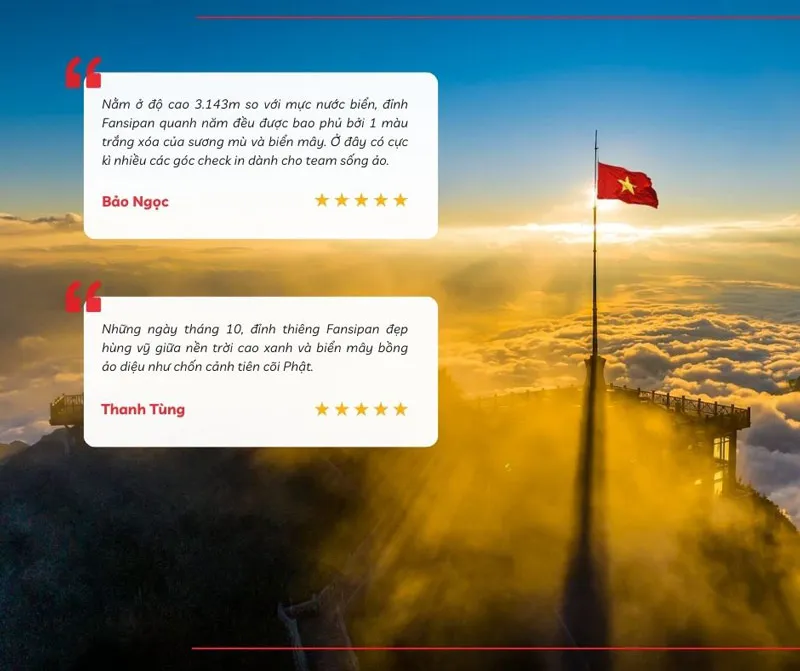
Yellowstone National Park – A Magical Geothermal World
Yellowstone National Park, partly located in Montana (mostly in Wyoming and Idaho), is famous for its geysers, hot springs, and unique geothermal landscapes. Winter in Yellowstone offers a different kind of beauty, as steam rising from hot springs blends with white snow, creating a mystical scene.
Skunks also live in Yellowstone, especially in areas near hot springs, which offer food sources and warmer temperatures. You can look for skunks in the Mammoth Hot Springs area or along the Madison River.
Skunk photography in Yellowstone during winter is a special experience, where you can combine wildlife photography with stunning natural scenery. However, be aware of safety when traveling in the park during winter, especially in geothermal areas.
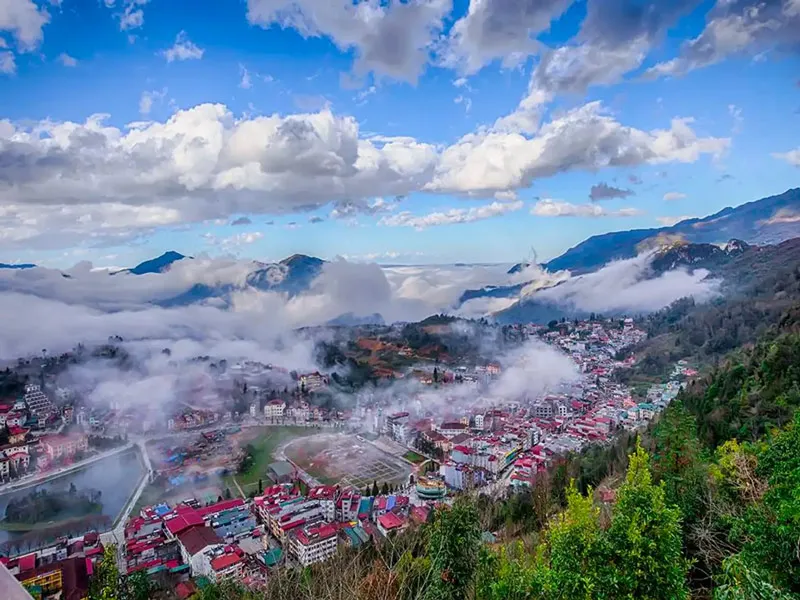

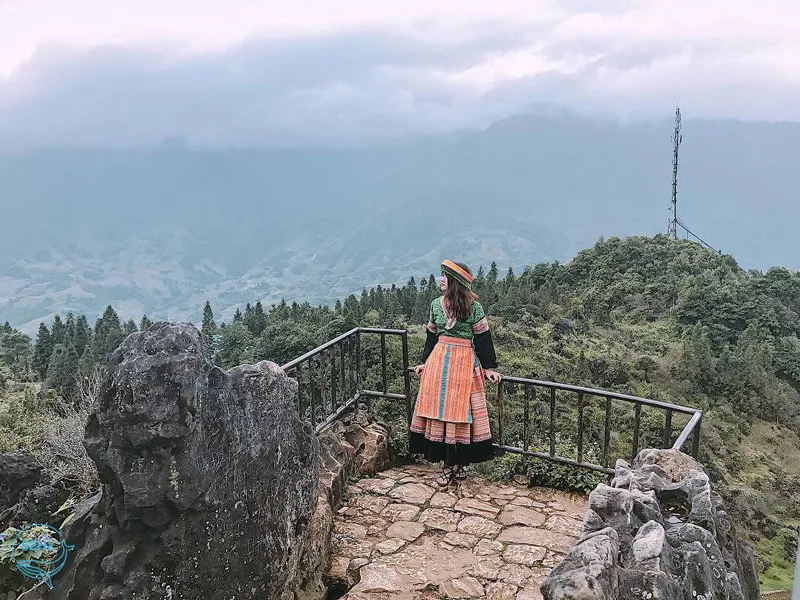
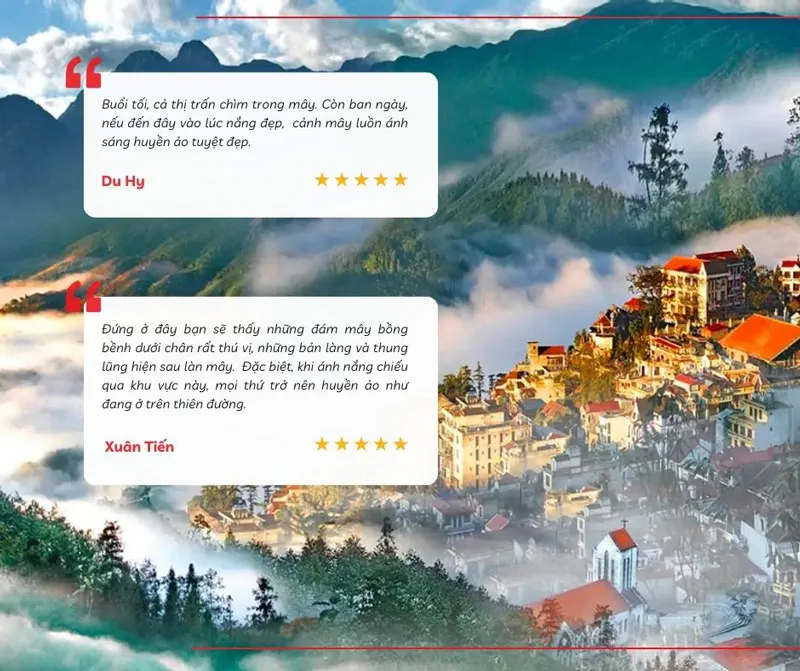
National Bison Range Wildlife Refuge
The National Bison Range Wildlife Refuge, located in northwestern Montana, is home to hundreds of bison, as well as many other wildlife species such as deer, elk, pronghorn, and skunks. Winter is an ideal time to visit this refuge, when snow covers the landscape and wildlife is easier to spot.
You can drive along the roads within the refuge and look for skunks in roadside areas or near wooded areas. Bring binoculars and a telephoto lens camera so you can observe and photograph wildlife from a distance without disturbing them.
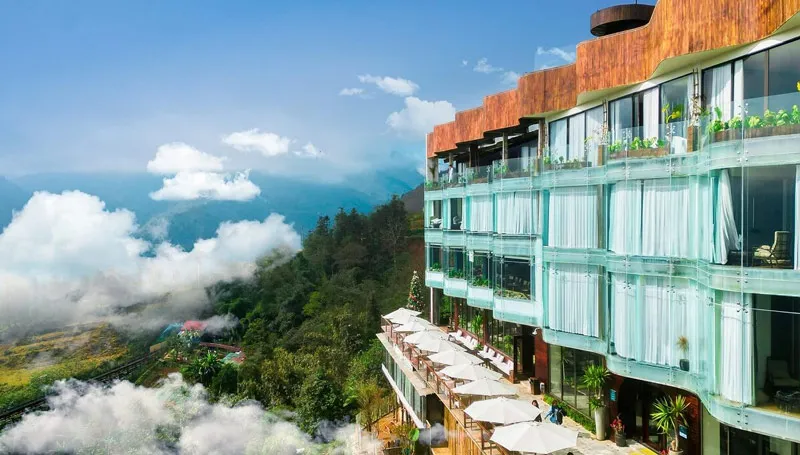
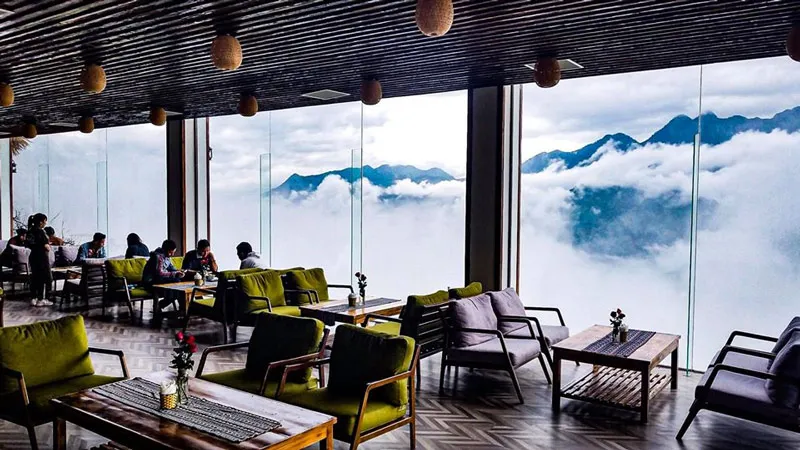
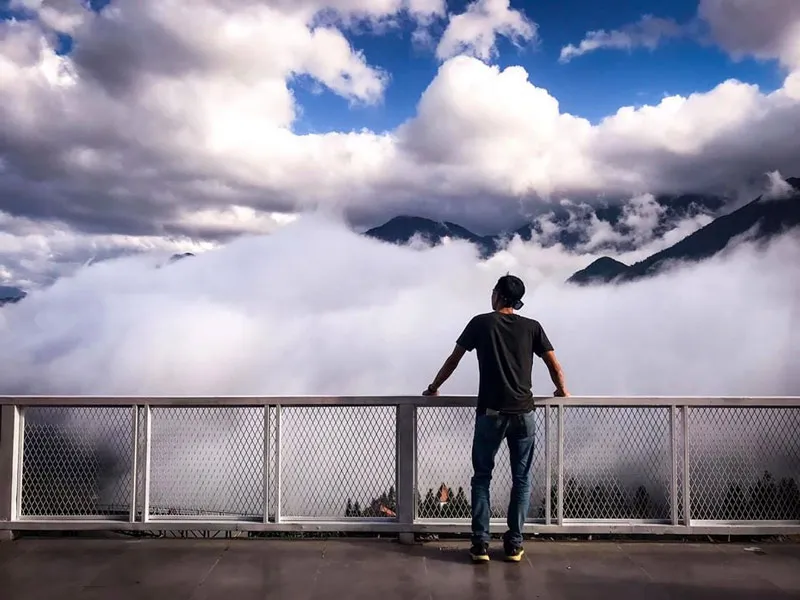
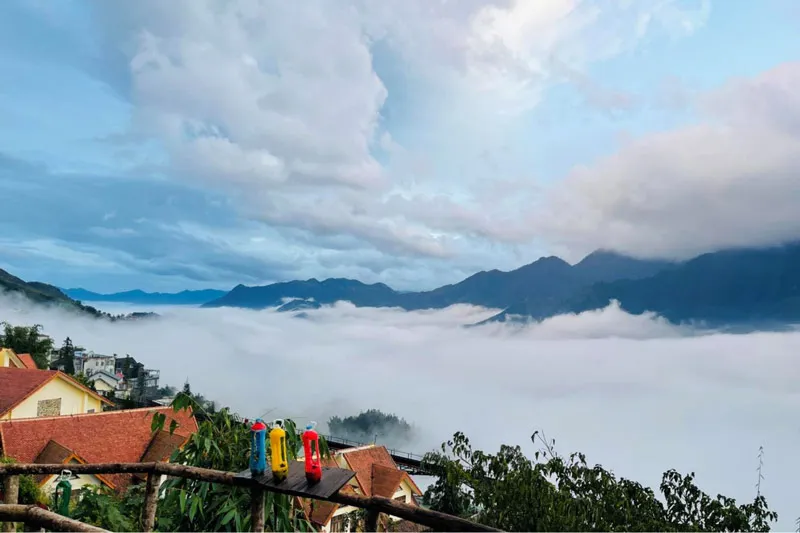
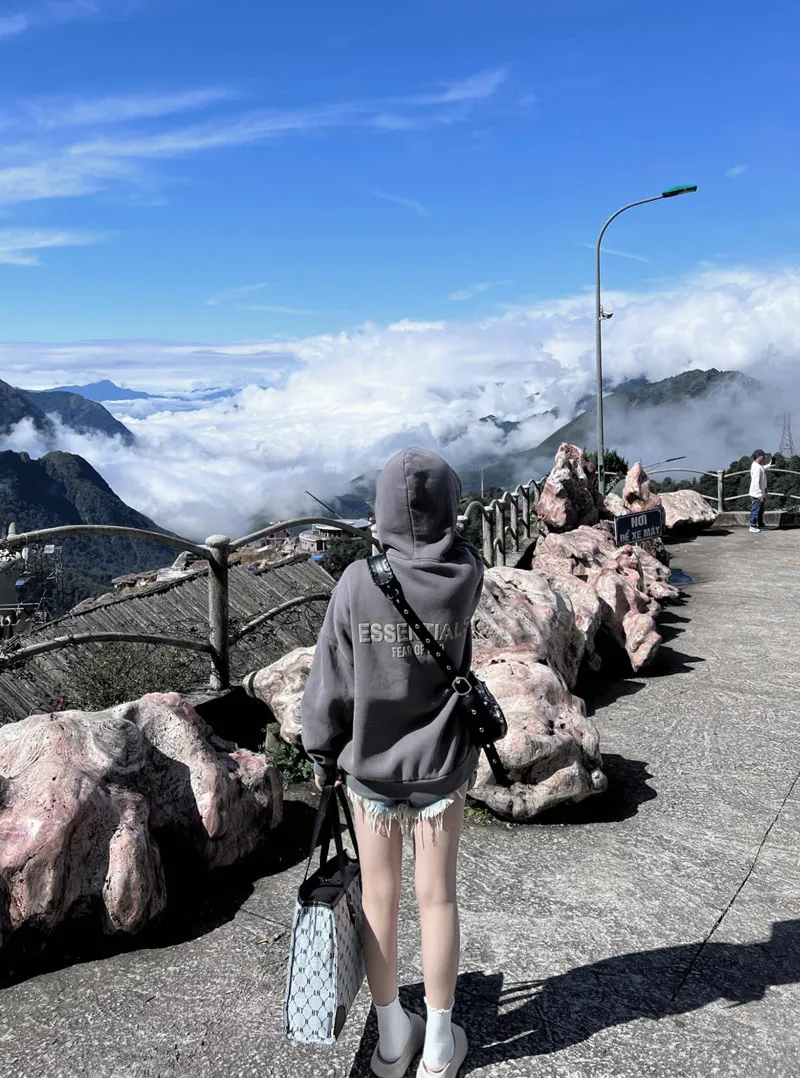
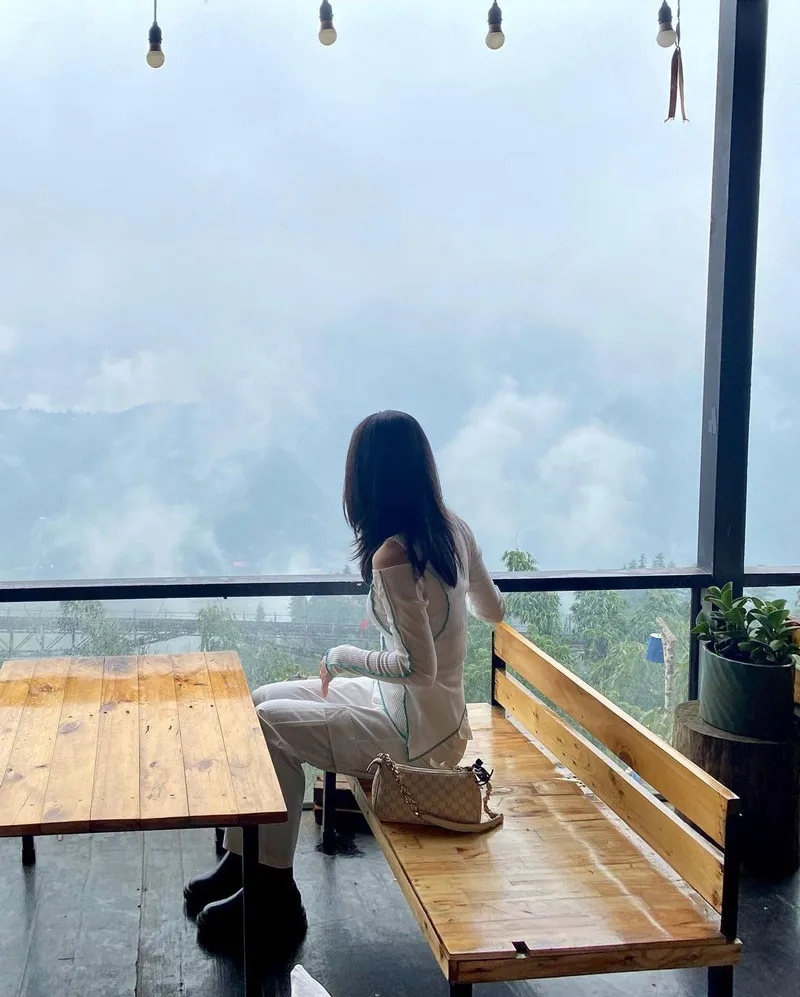
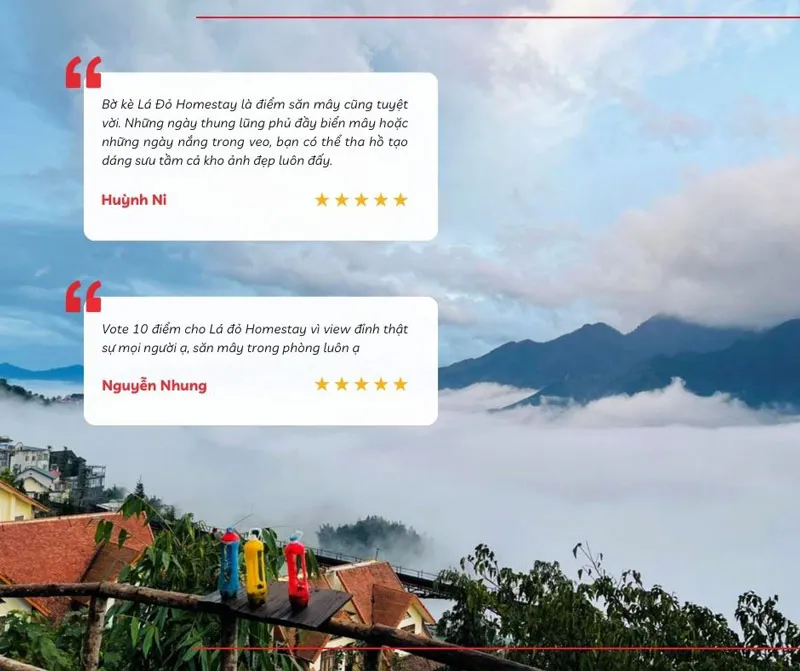
Flathead National Forest – Untamed Wilderness
Flathead National Forest, located in northwestern Montana, is a vast wilderness with majestic mountains, vast pine forests, and clear blue lakes. Winter transforms Flathead into a snow-covered wonderland, an ideal habitat for many wildlife species, including skunks.
You can explore Flathead National Forest by hiking, skiing, or driving on trails. Skunks often appear in forested areas, near campsites, or along riverbanks and lakeshores.
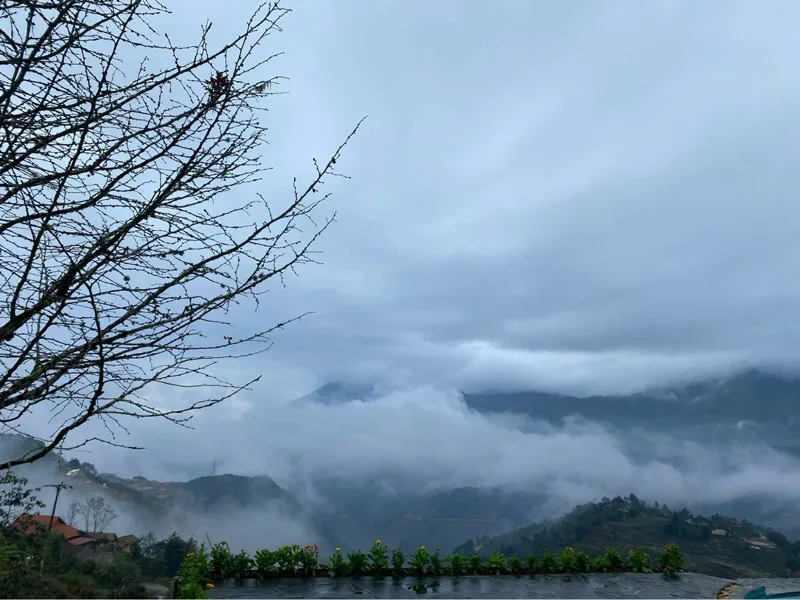
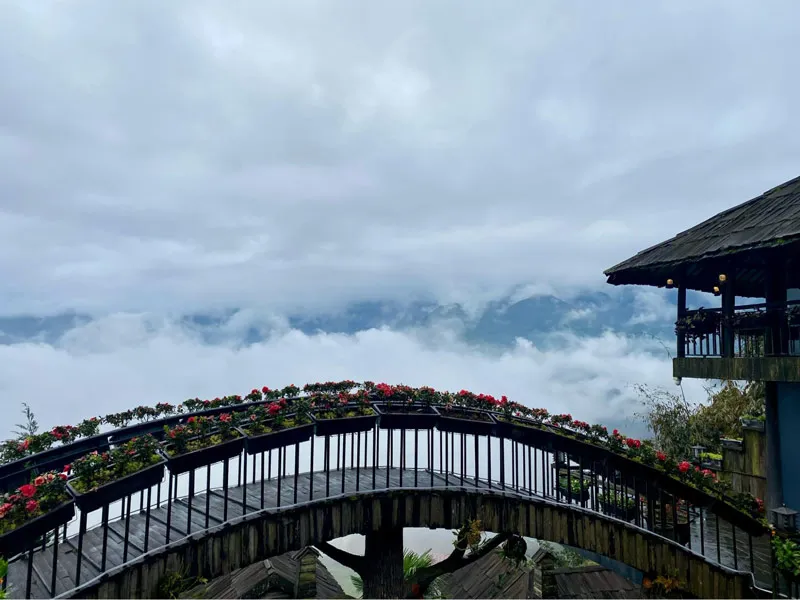
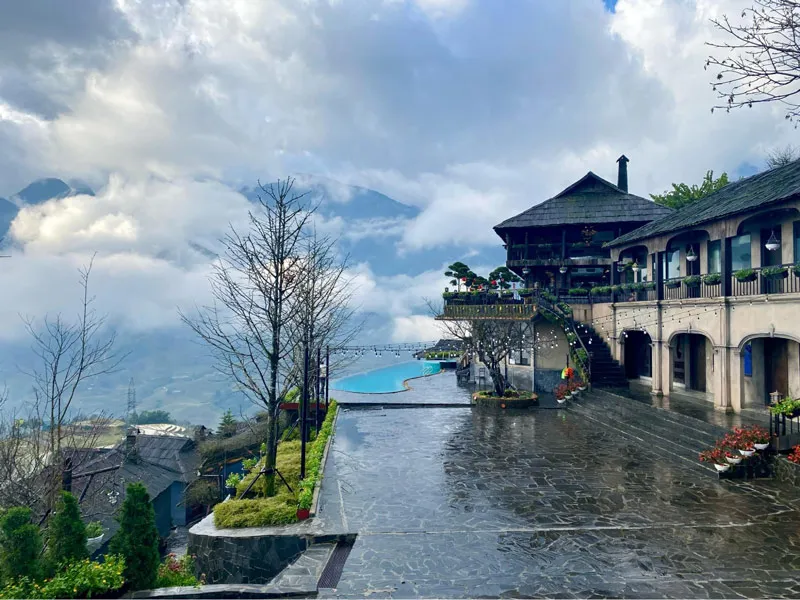
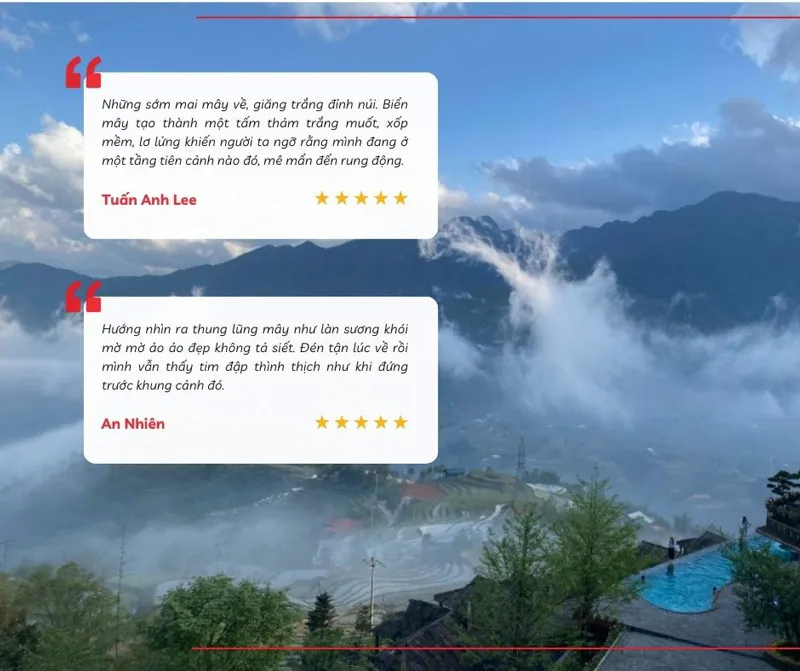
Areas Around Whitefish Mountain Resort
Whitefish Mountain Resort, a popular ski resort in Montana, is not only an ideal destination for winter sports enthusiasts but also a place to photograph skunks. The area around the resort, covered with pine forests and mountains, is a familiar habitat for skunks.
You can hike or ski in the resort area and observe skunks in roadside areas along ski slopes or near forests. After a day of photography, you can relax and enjoy the amenities at the resort.
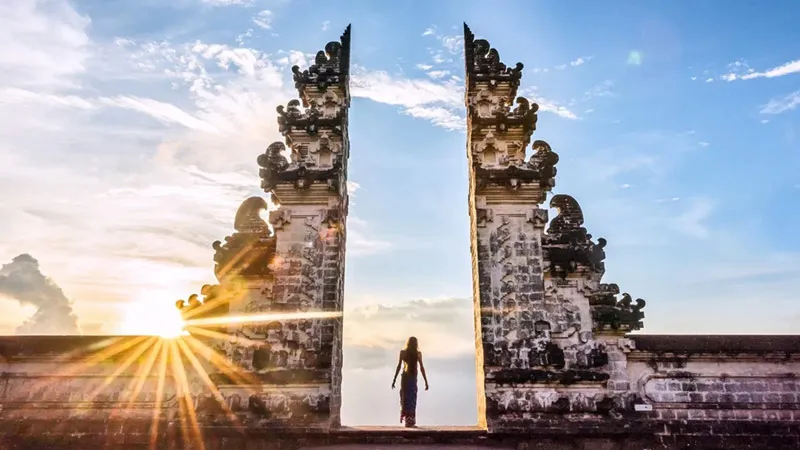
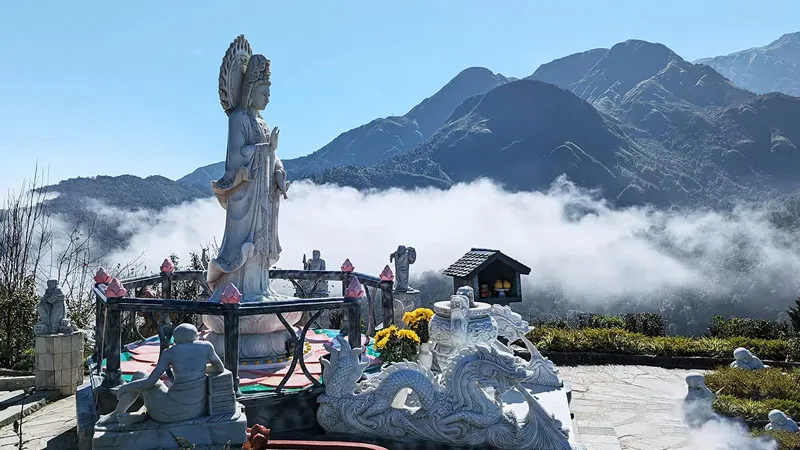

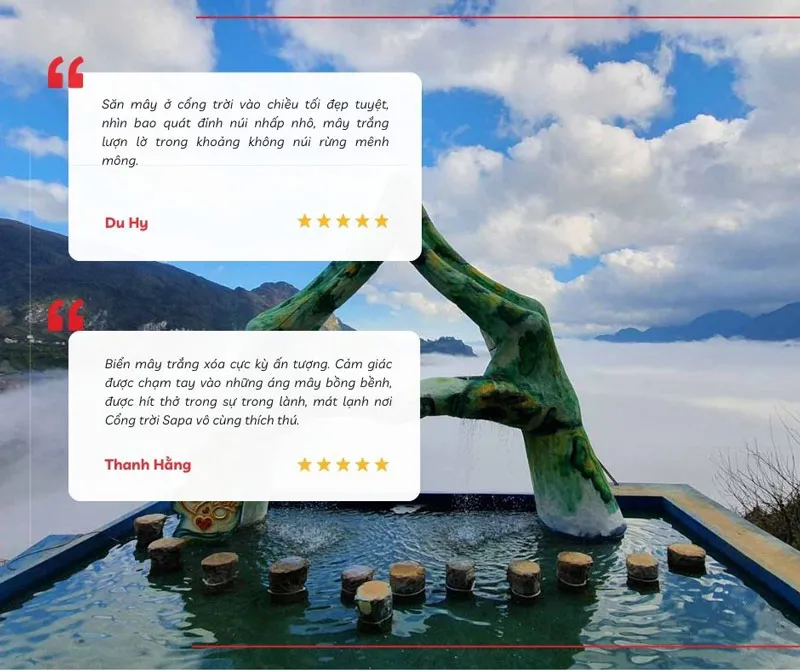
Montana Rural and Suburban Areas
Besides national parks and refuges, you can also find skunks in many rural and suburban areas of Montana. Skunks adapt well to habitats near humans and often appear on farms, residential areas, or roadsides.
However, when photographing skunks in these areas, respect the privacy of residents and avoid trespassing on their property. Ask for permission before entering private areas and maintain a safe distance from skunks.
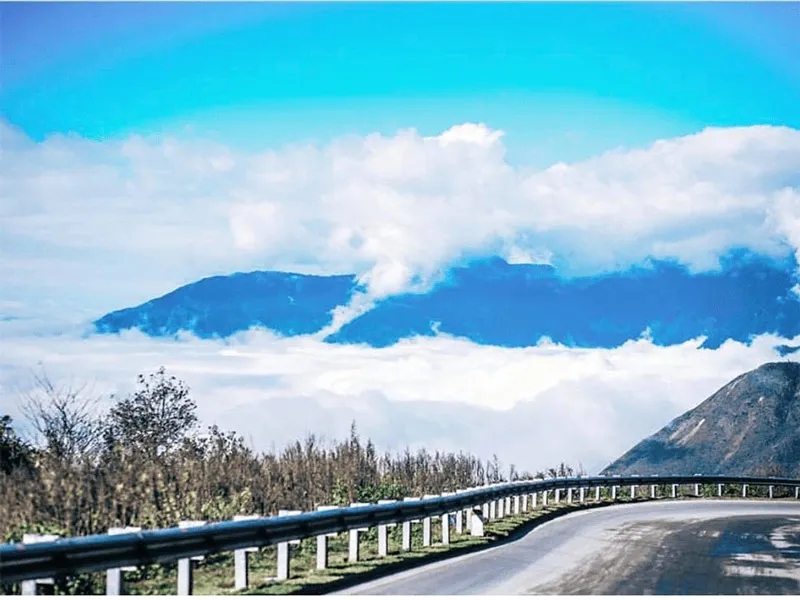
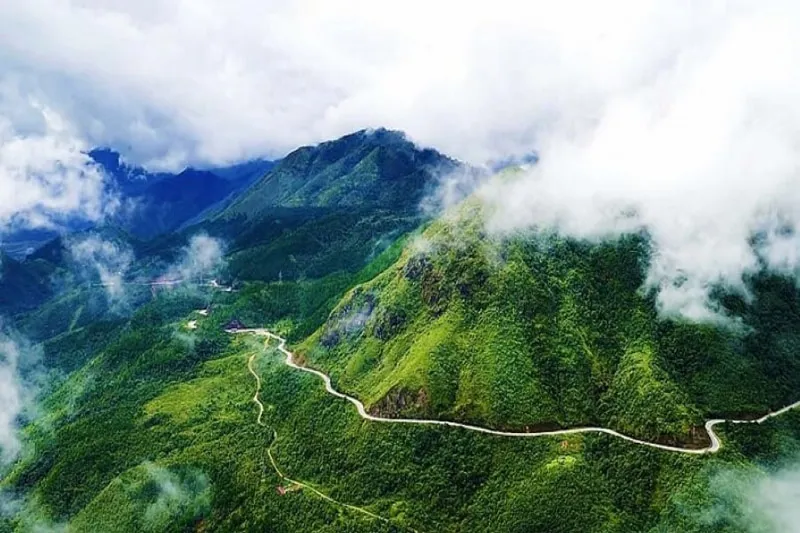
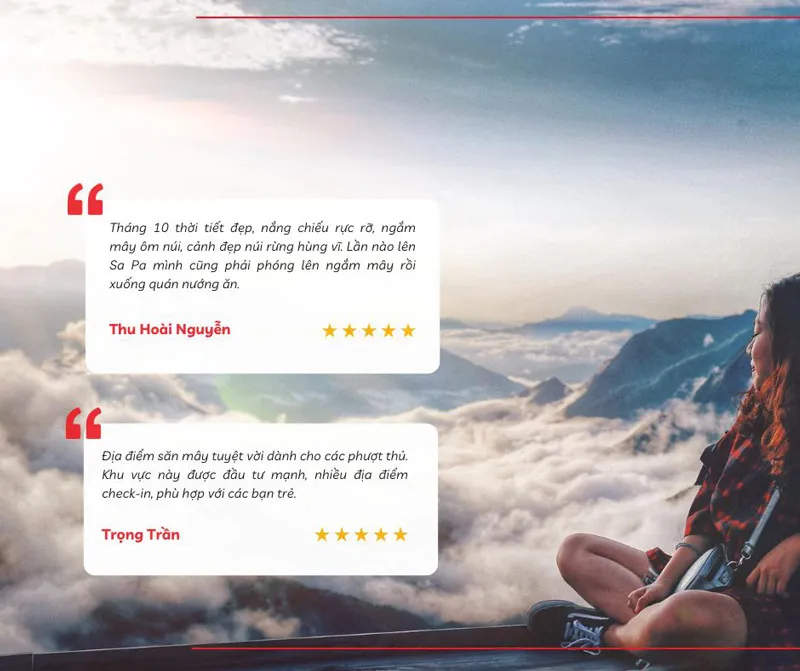
Trails and Riverside Areas
Skunks often travel along trails and riverside areas to find food and water. These are potential locations for you to search for and photograph them.
Walk slowly and observe carefully around you when exploring trails or riverside areas. Pay attention to signs of skunks such as footprints in the snow, dens, or their characteristic odor.
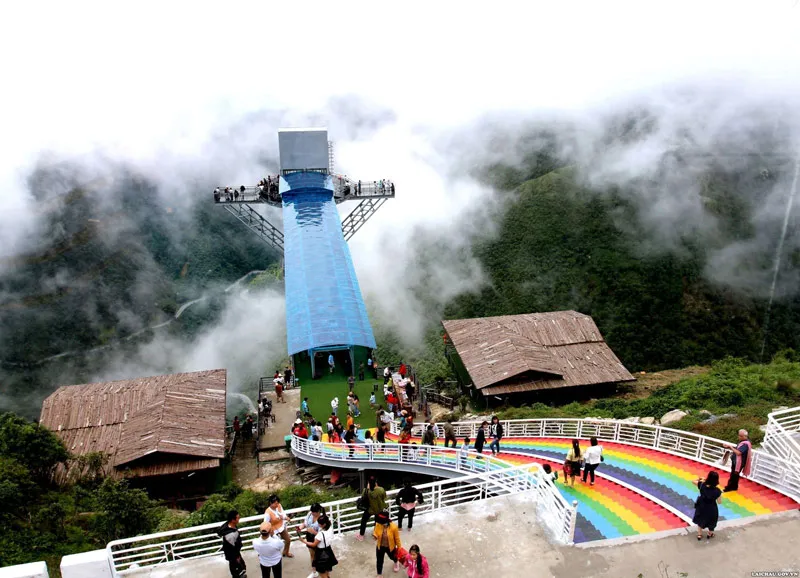
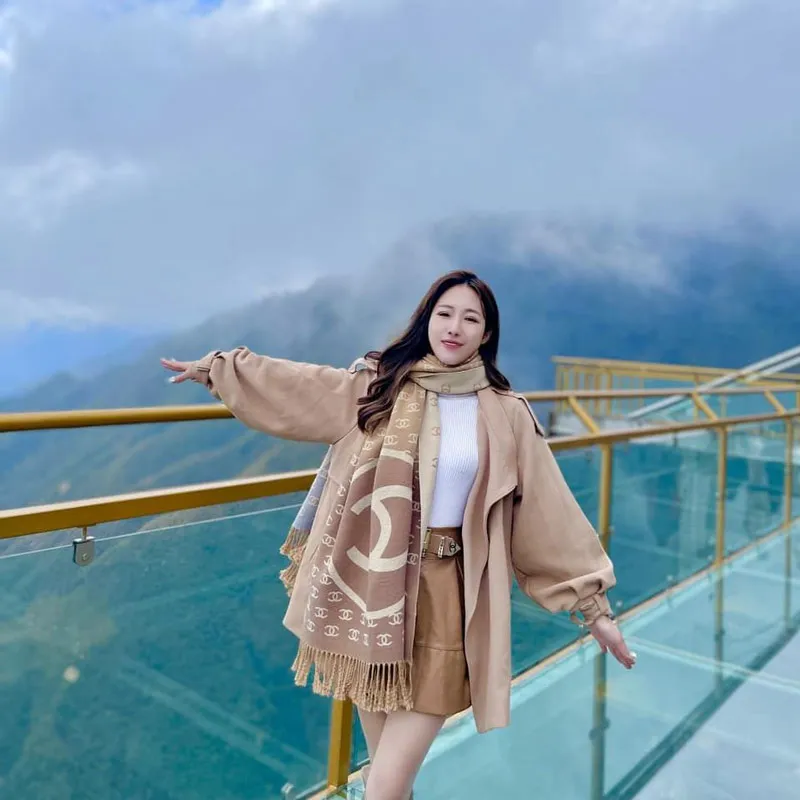
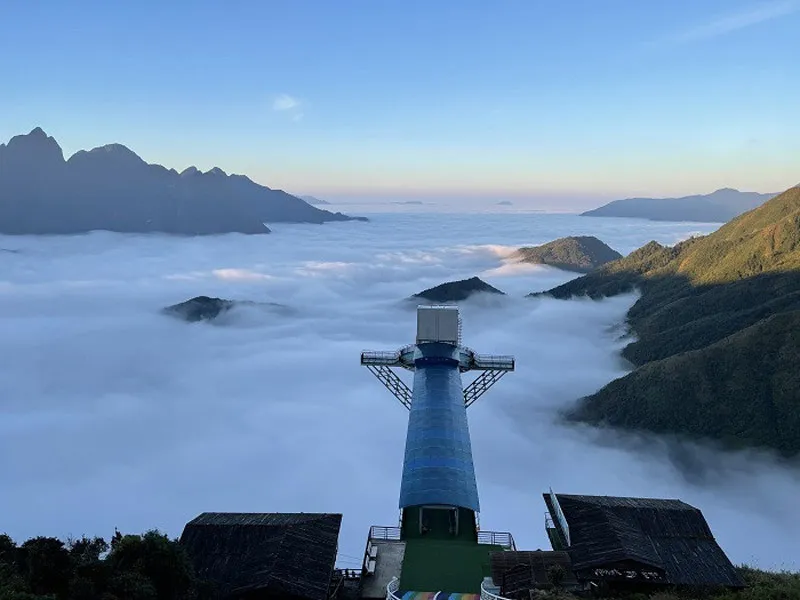
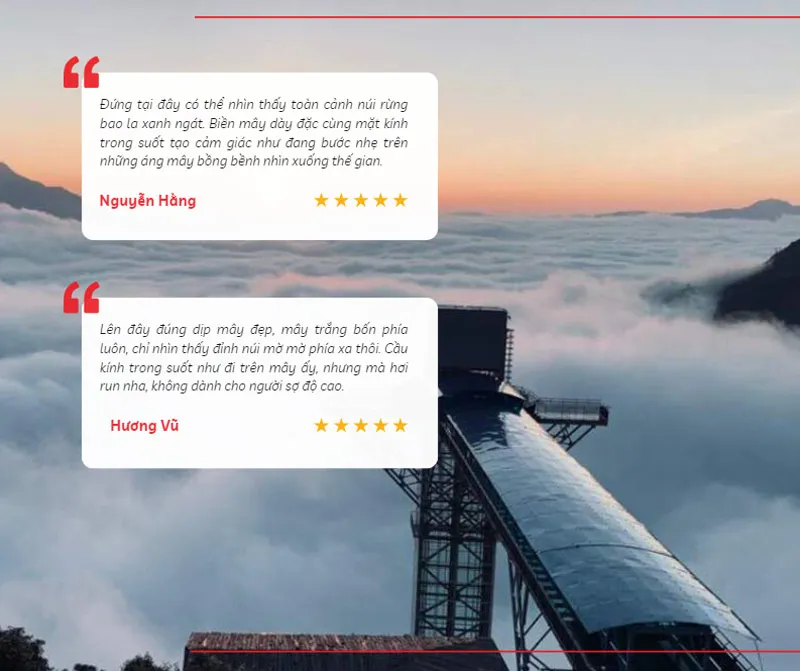
Low Shrubland Areas
Skunks prefer habitats with low shrubland, where they can find food and hide from predators. These areas often have many shrubs, weeds, and herbaceous plants, providing abundant food sources for skunks.
Look for skunks in low shrubland areas, especially in the early morning or late afternoon. Walk slowly and observe carefully around, paying attention to sounds or signs of skunks.
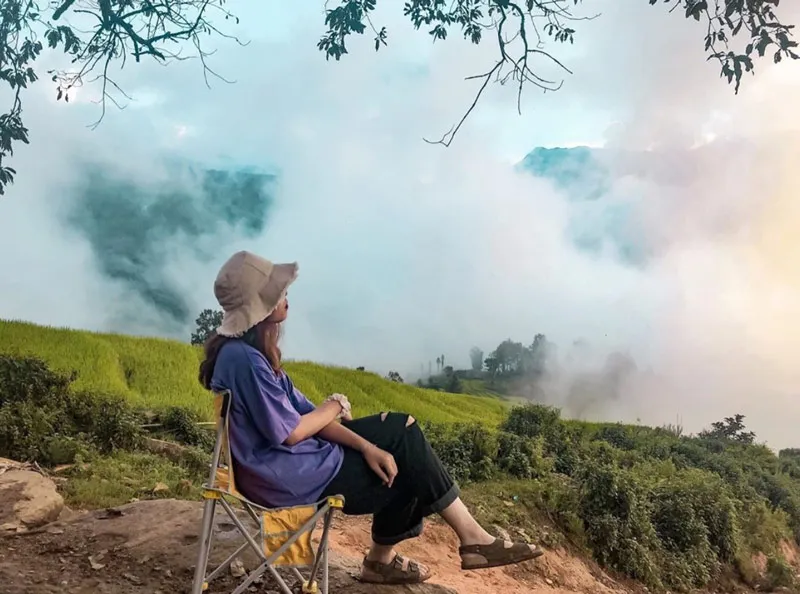
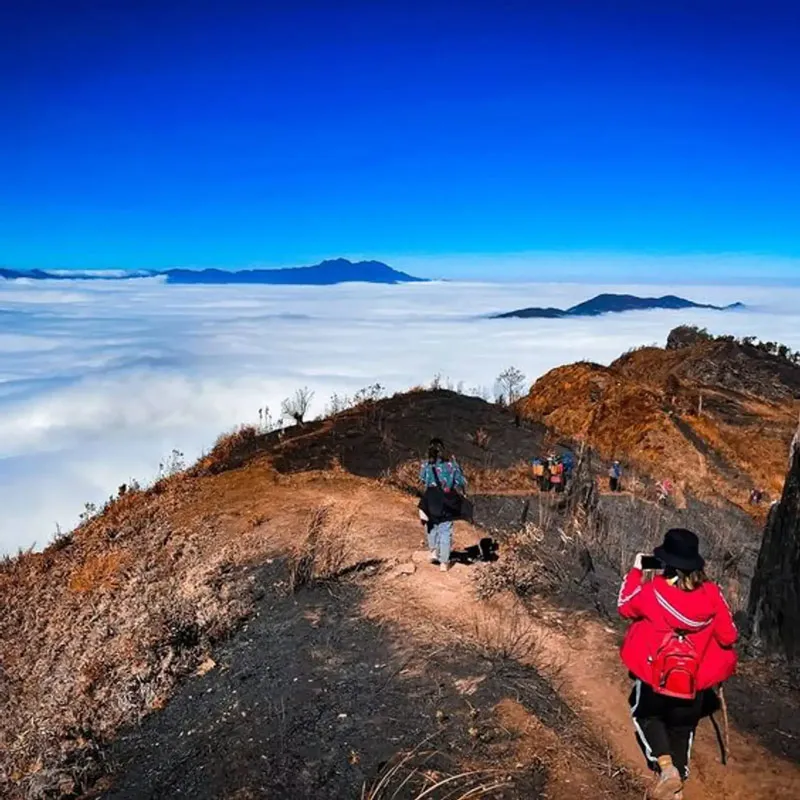

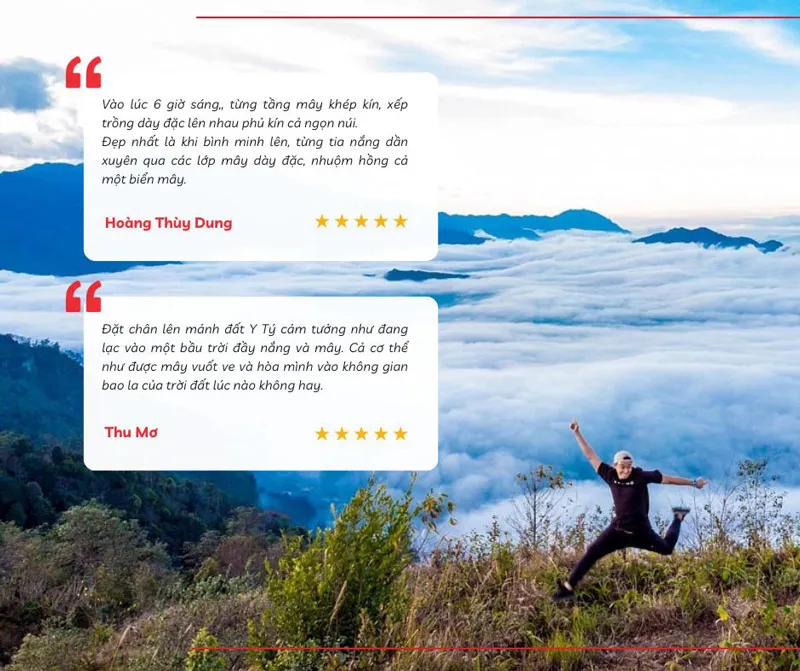
Grasslands and Fields
Skunks can also be found in grasslands and fields, where they forage for insects, worms, and other small animals. In winter, when snow covers the grasslands, skunks can be easily spotted against the snow.
Observe grasslands and fields carefully as you travel through Montana in winter. Pay attention to any unusual movements or signs on the snow, which could be skunks foraging.

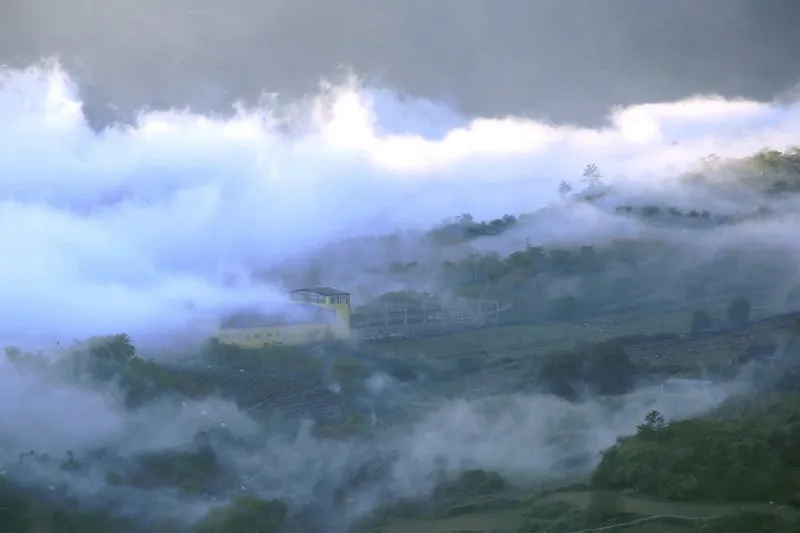
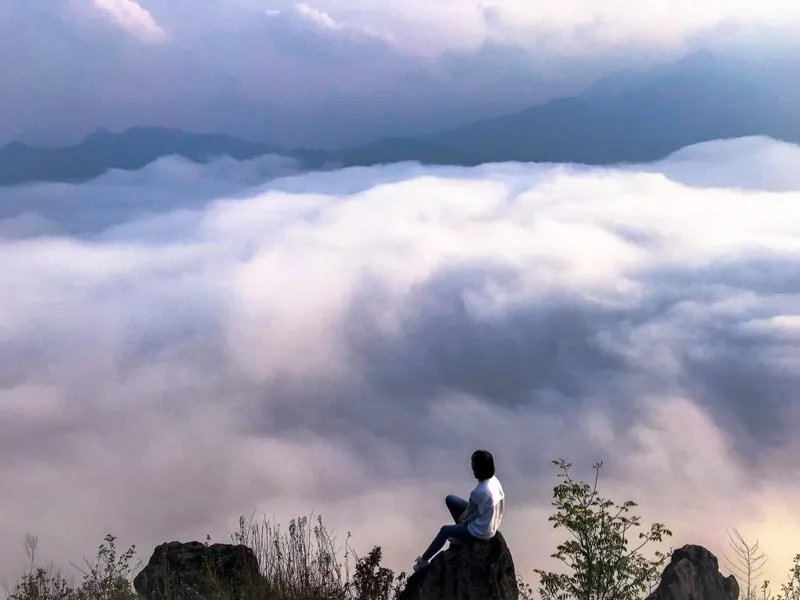
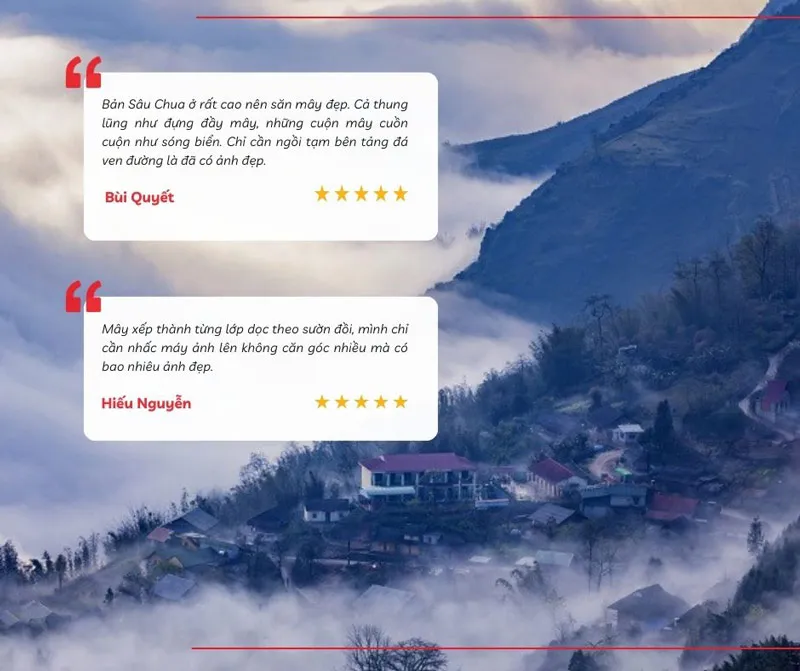
Farms and Suburban Residential Areas
Skunks frequently appear on farms and in suburban residential areas in Montana, where they easily find food from garbage, leftovers, or small animals like mice and squirrels. However, be aware that skunks can carry rabies and can defend themselves by spraying a foul-smelling liquid.
When photographing skunks in these areas, maintain a safe distance and do not approach them too closely. Use a telephoto lens to photograph from a distance and avoid disturbing or threatening them.
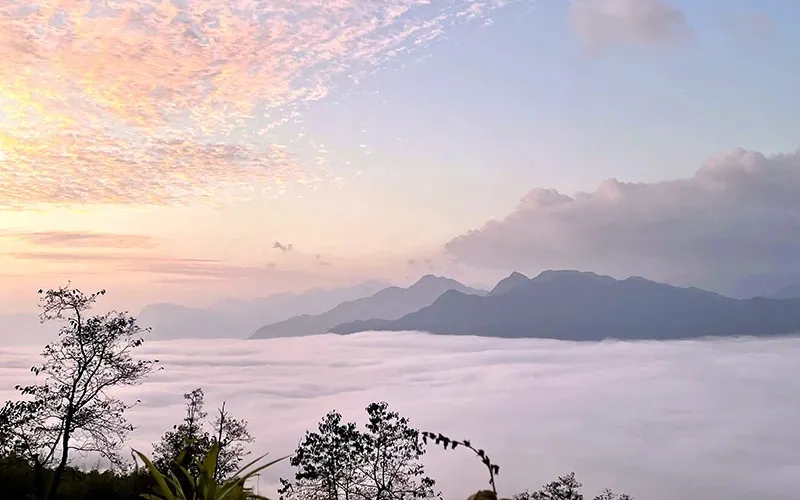
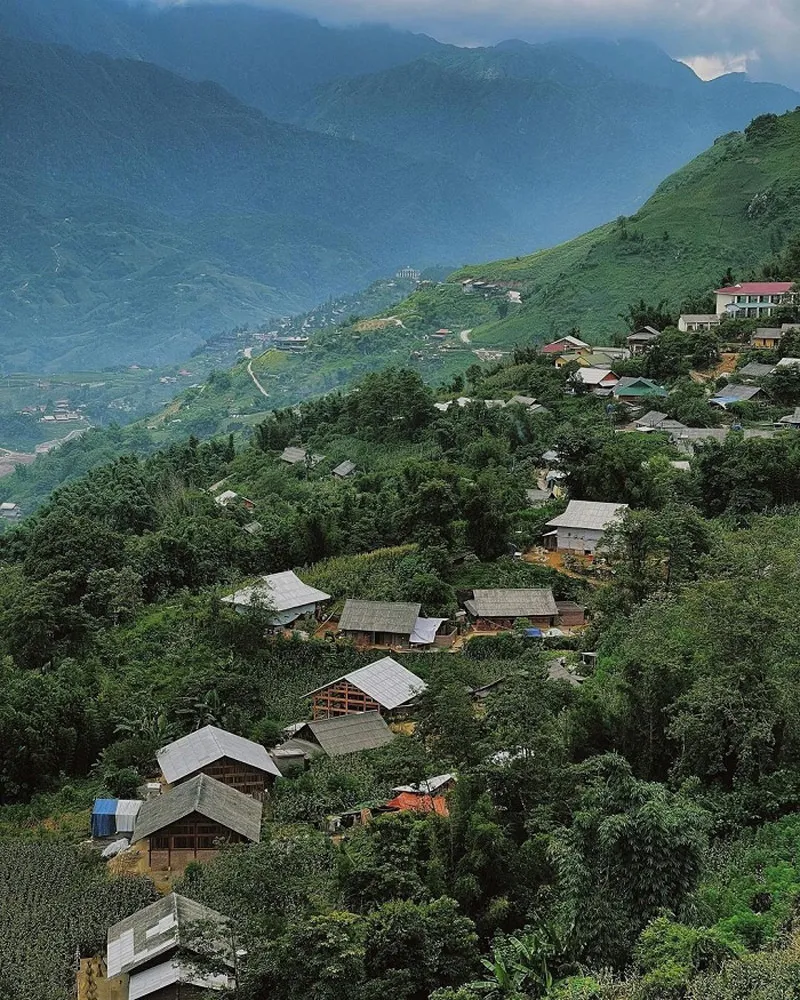
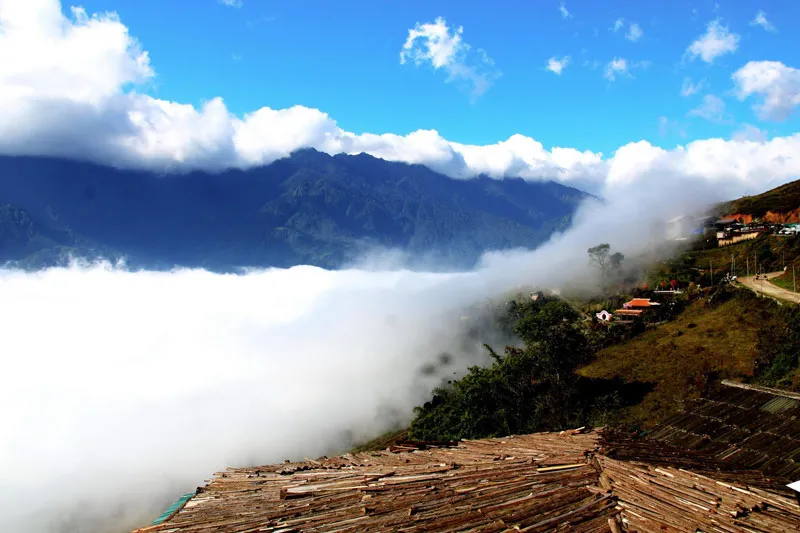
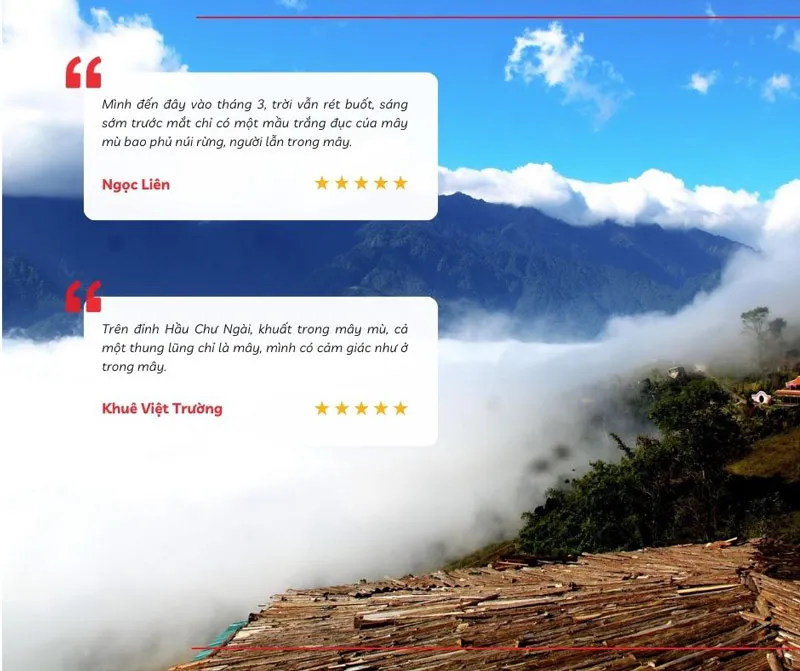
Areas Near Rock Garden Montana
Rock Garden Montana, a unique rock garden in Montana, is an interesting place to explore, and you might encounter skunks in the surrounding area. This area has diverse terrain with forests, rocks, and canyons, creating a rich habitat for wildlife.
Spend time exploring Rock Garden Montana and observe carefully around you. Skunks may be hiding in rock crevices or bushes; you need patience and attention to spot them.
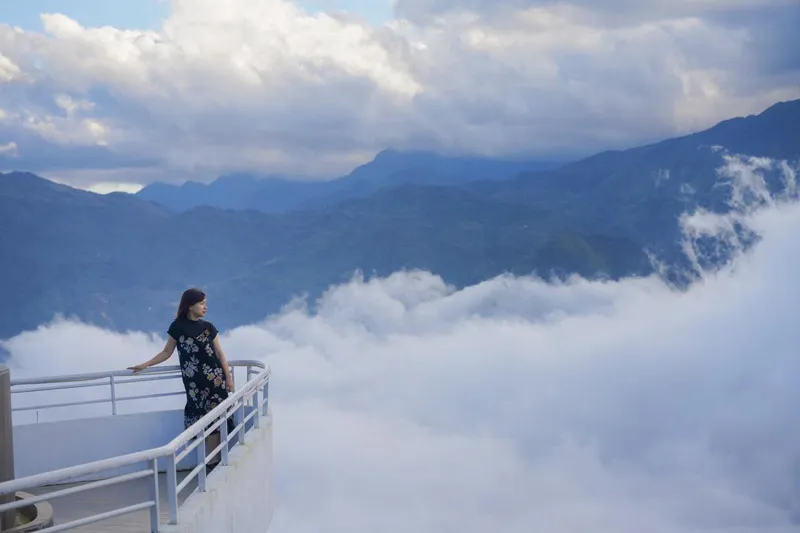
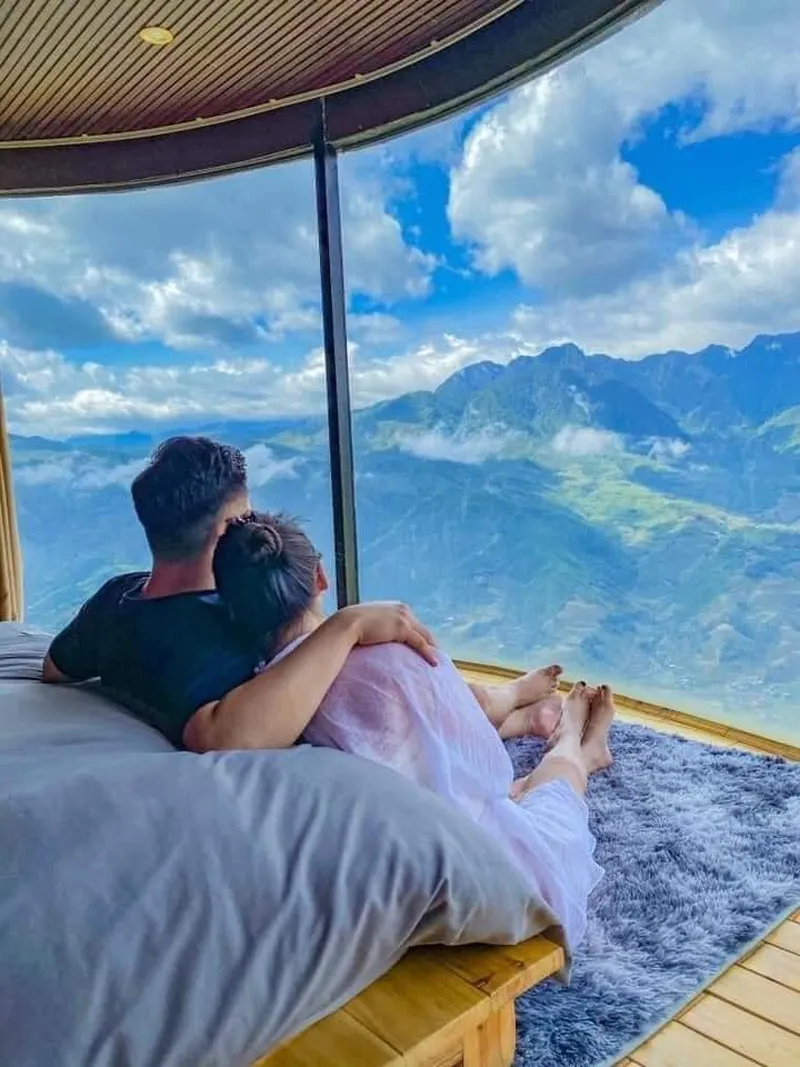
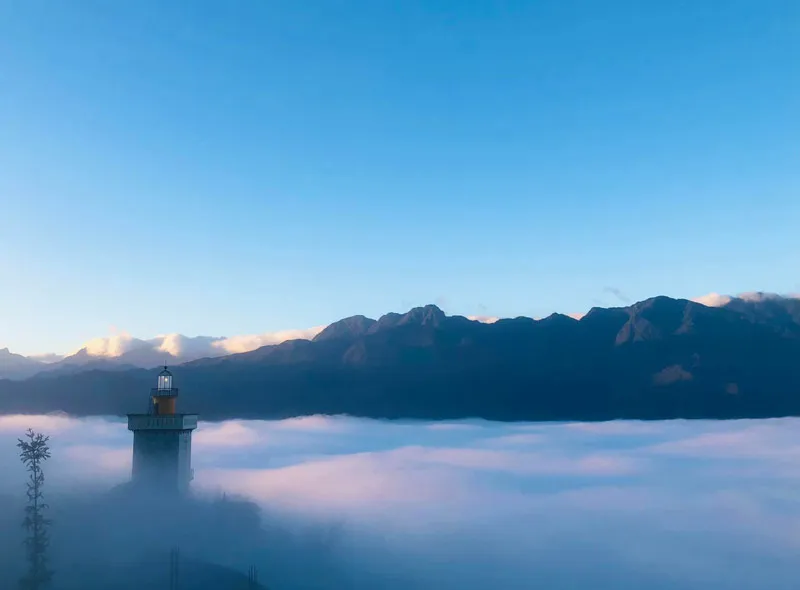
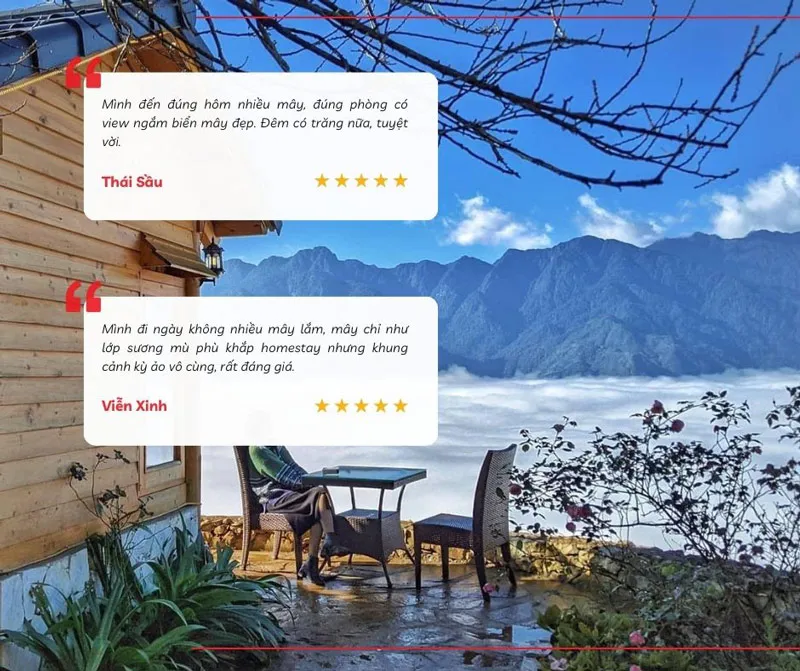
Lake McDonald – Glacier National Park’s Largest Natural Lake
Lake McDonald, the largest natural lake in Glacier National Park, is a beautiful place for sightseeing, and you might be lucky enough to spot skunks in the lakeside area. In winter, the lake surface freezes over and snow covers everything, creating a peaceful and tranquil scene.
Stroll along the lakeshore or explore lakeside trails and observe carefully around you. Skunks may appear in areas near forests or along the lakeshore.
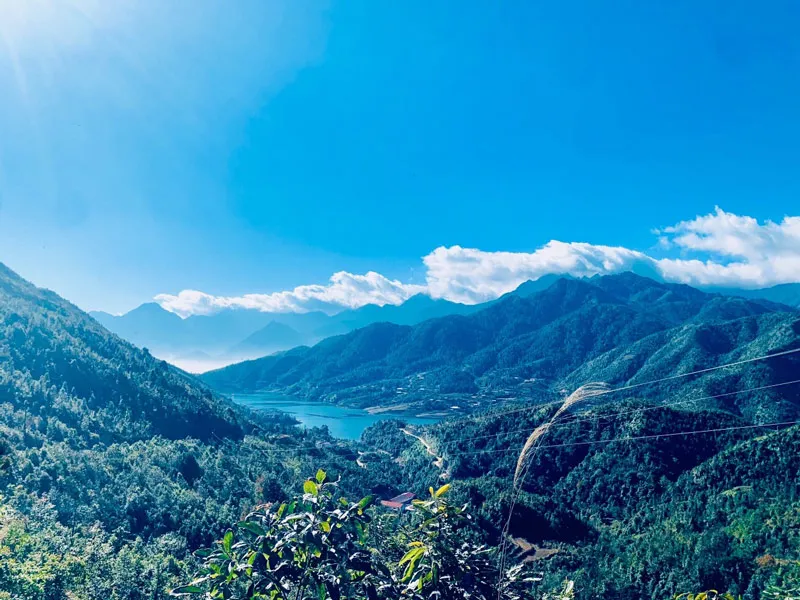
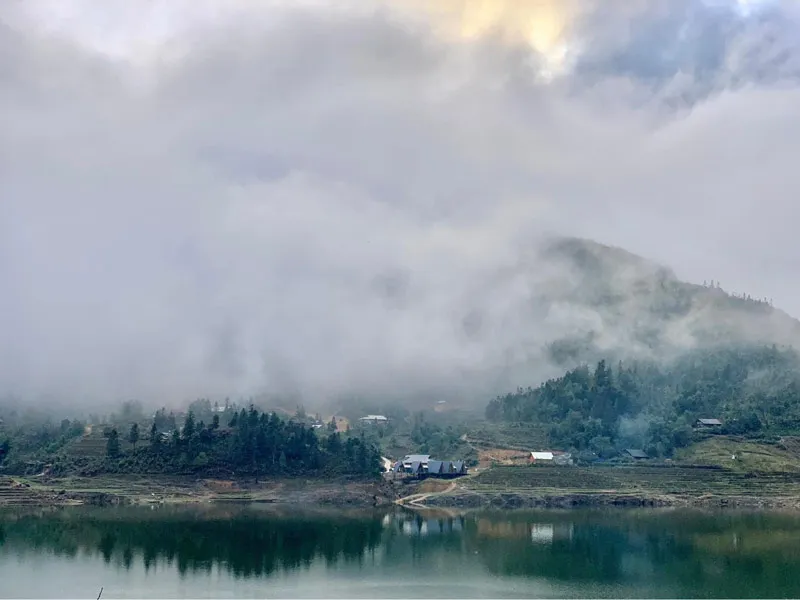

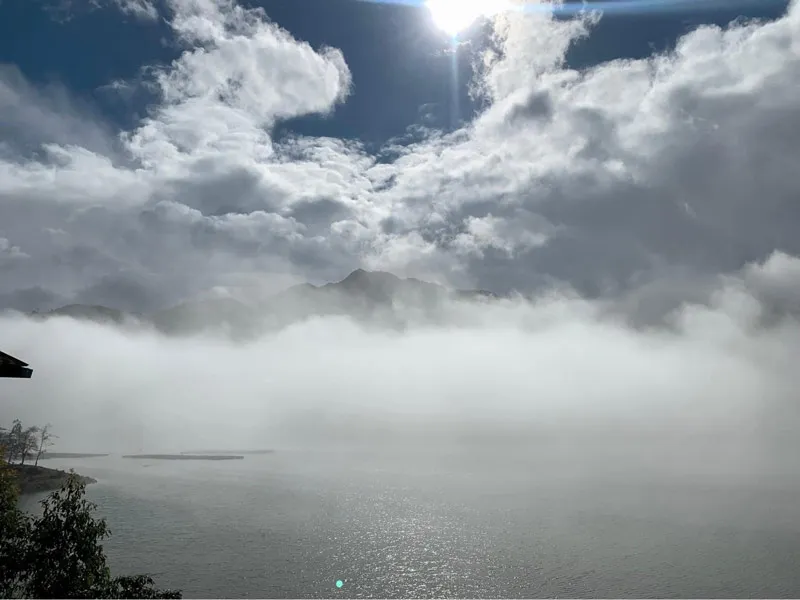
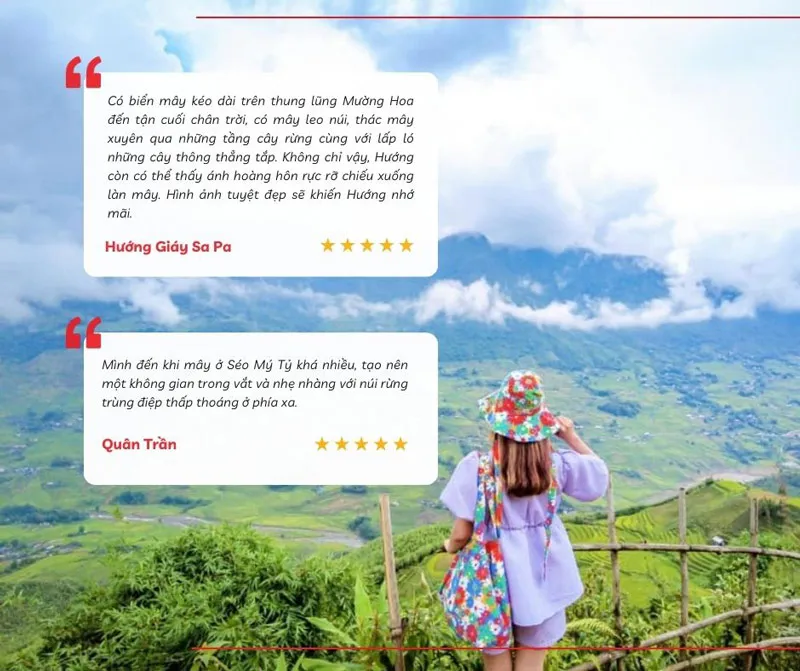
Tips for Winter Skunk Photography in Montana
To prepare for a successful and safe photography trip and get the best skunk photos, keep in mind the following tips for skunk photography in Montana during winter.
Choose Appropriate Clothing – Stay Warm and Mobile
Weather conditions during winter skunk photography are often very cold, with snowfall and strong winds. Photography locations are often in mountainous or wilderness areas, requiring you to move a lot. Therefore, warm, waterproof, and mobile clothing is key.
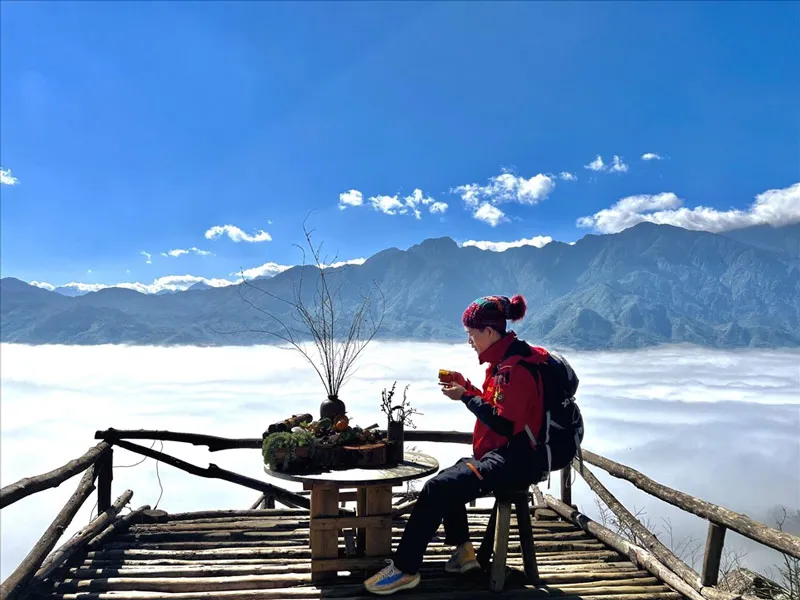
Wear multiple thin layers instead of one thick coat to easily adjust body temperature when needed. The innermost layer should be thermal underwear, the middle layer should be a sweater or down jacket, and the outermost layer should be a windproof and waterproof jacket. Don’t forget a wool hat, gloves, and scarf to protect your head, hands, and neck from the cold. Shoes should be waterproof, with non-slip soles and good insulation.
Learn About Skunk Behavior and Habits
To photograph skunks successfully, you need to have knowledge of their behavior and habits. Skunks are nocturnal and crepuscular animals, they usually forage alone and tend to avoid humans.
Learn about skunk habitats, food, breeding season, and other behavioral characteristics. This will help you predict where they might appear and how to approach them most effectively.
Prepare Professional Photography Equipment
To take high-quality skunk photos, you need to equip yourself with a DSLR or mirrorless camera, a telephoto lens with a focal length of 200mm or more, a tripod, and a large-capacity memory card. A telephoto lens allows you to photograph skunks from a distance without disturbing them, and a tripod helps stabilize the camera and take sharp photos in low light conditions.
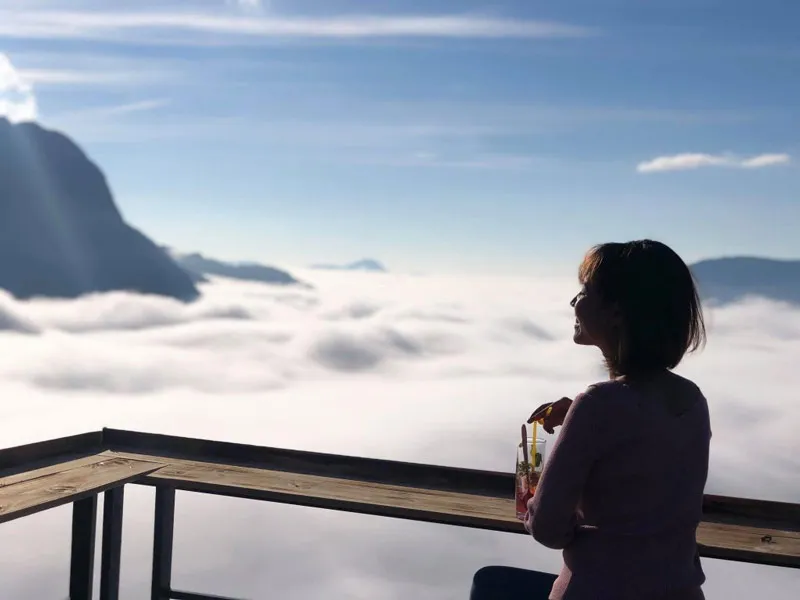
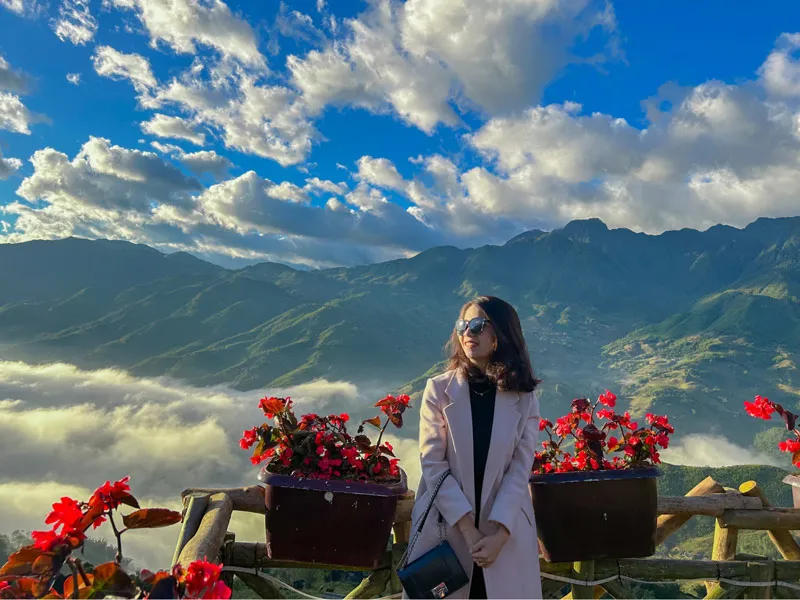
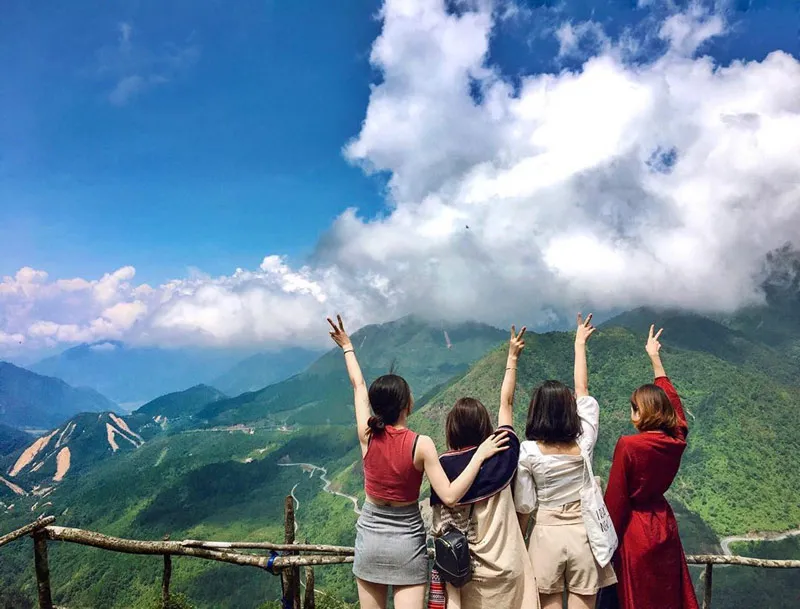
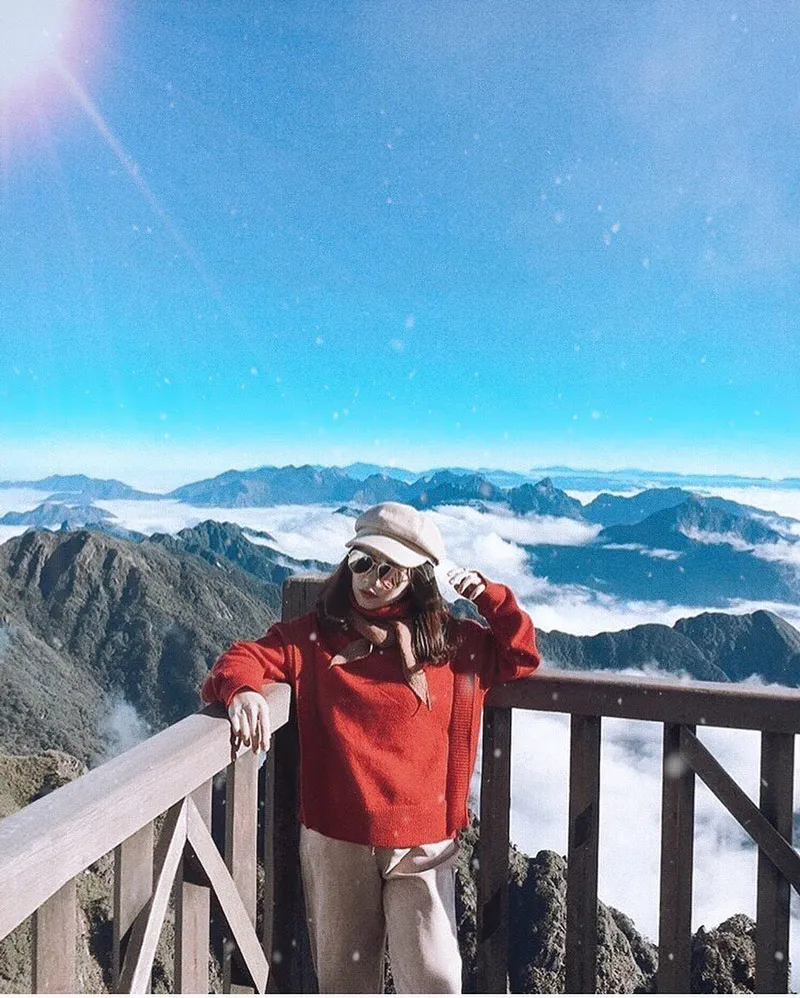

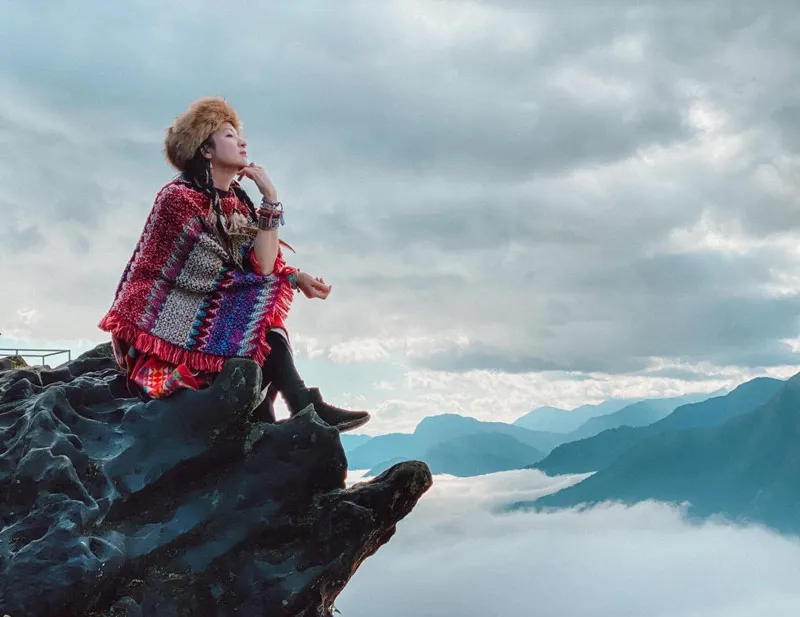
Be Patient and Stay Silent
Wildlife photography requires high patience. Skunks don’t always appear right in front of your lens. You need to spend time observing, waiting, and moving slowly, staying silent to avoid scaring them away.
Find a suitable location, hide, and wait for skunks to appear. When they approach, take photos quickly but still stay silent and do not move suddenly.
Respect Wildlife and the Natural Environment
The most important principle in wildlife photography is to respect animals and their habitats. Do not approach skunks too closely, do not feed them, and do not make noise or disturb the natural environment.
Remember that you are a guest in the world of wildlife. Your goal is to capture beautiful moments of them, not to disturb or harm them.
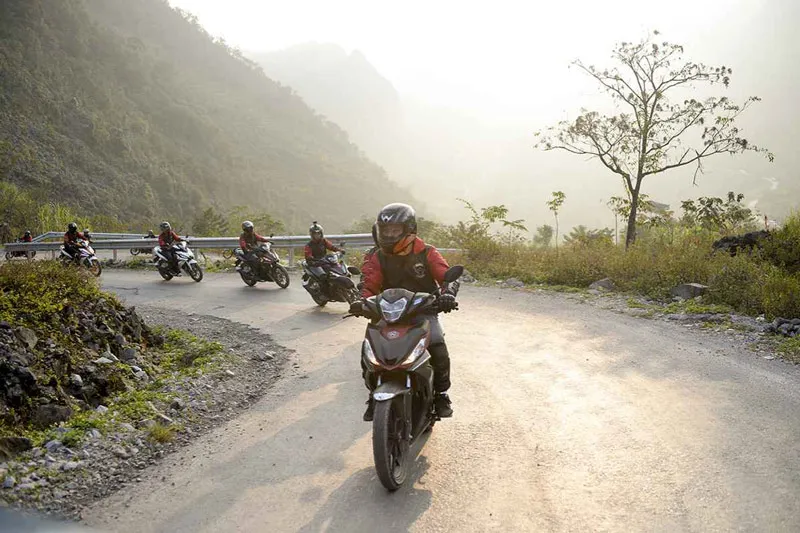
Montana is a paradise for wildlife photography enthusiasts, especially for skunk photography in winter. With these tips for winter skunk photography in Montana about how to choose the time, location, and things to note above, Du lịch khắp thế gian hopes you will have a safe and rewarding photography trip with many impressive works!